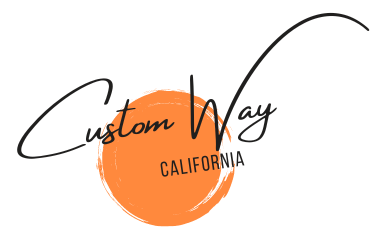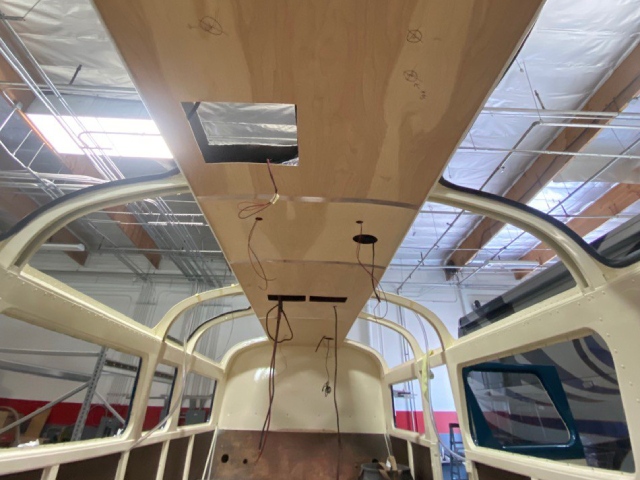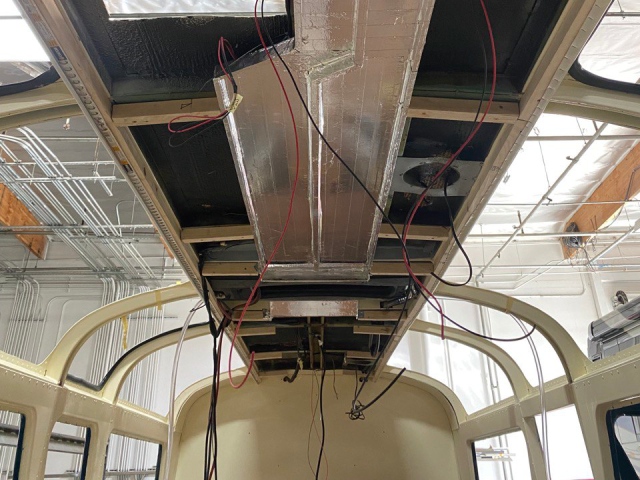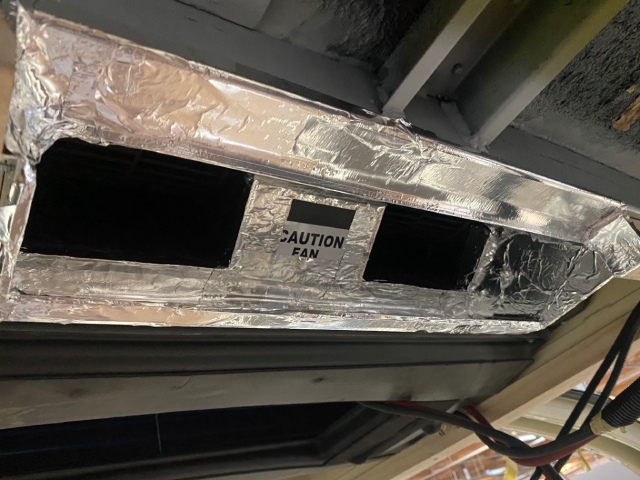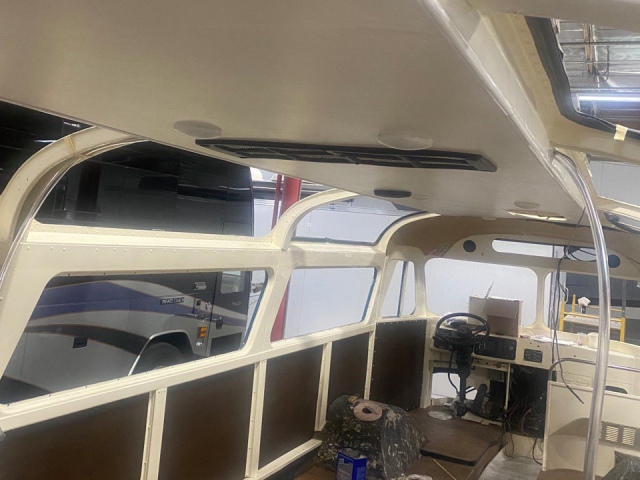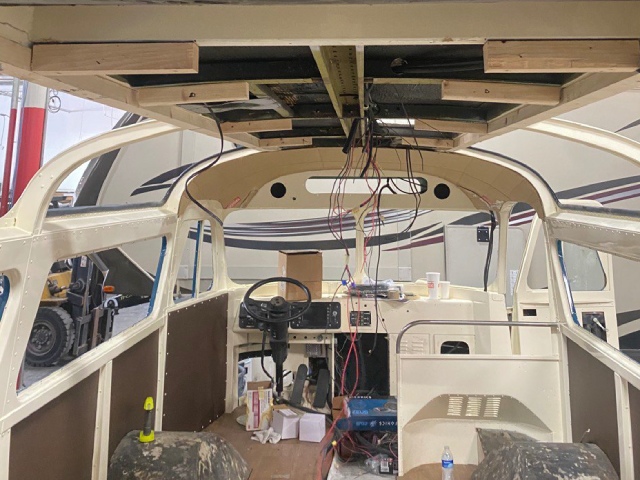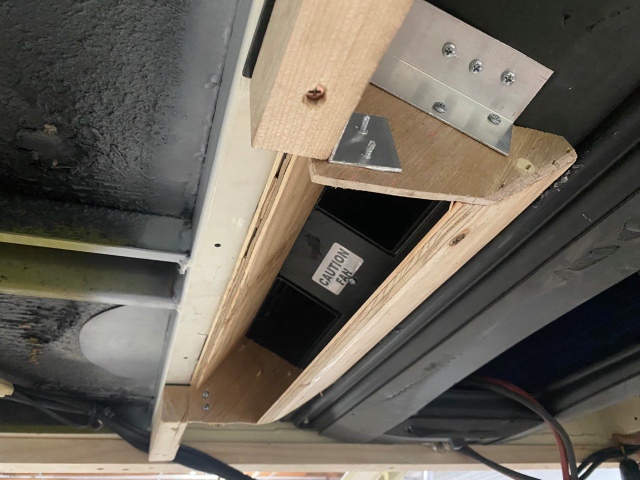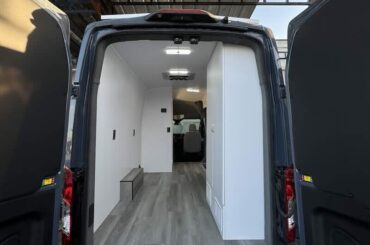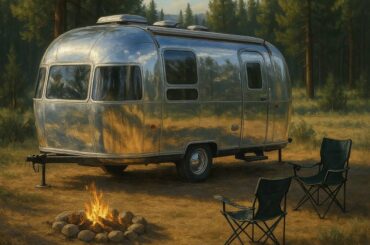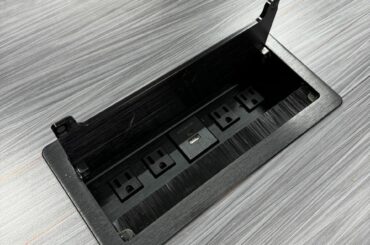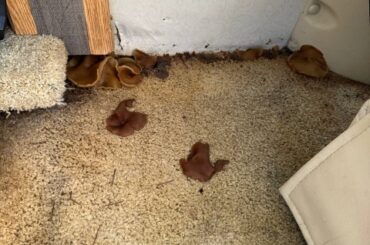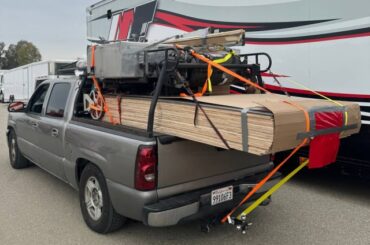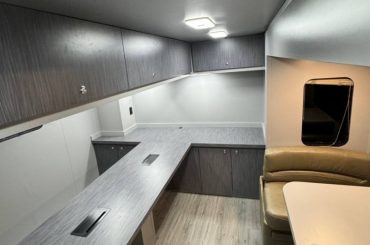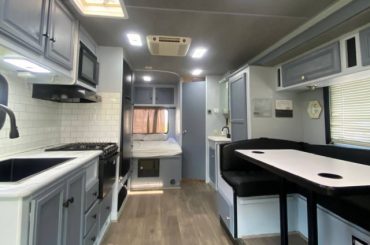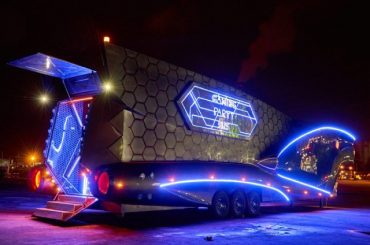Recently we had quite an interesting request. To install new ceiling and side panels in a vintage bus. So we made a tunnel for air conditioning wiring. Then we constructed a plywood carcass and prepared panels made of moisture-resistant plywood. We made eco-leather upholstery and side panels installation.
And finally applied the eco-leather on the ceiling.
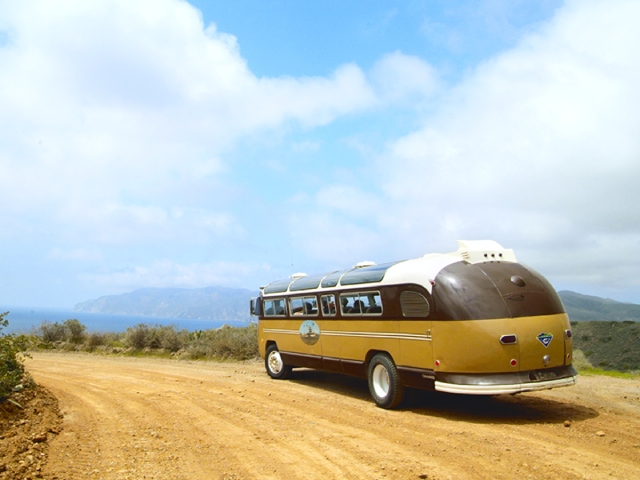
How we renovated an interior in an old bus
Meet the Flxible bus from the 1950s
Flxible was a bus manufacturing company based in Ohio that was founded in 1913. Vehicles were built on a “flexible” frame that allowed them to navigate tight turns and navigate city streets more easily than traditional buses. Flxible buses were used by many famous touring acts in the 1950s, including Elvis Presley and the Supremes.
Today vintage buses are considered collectors’ items and are sought after by vintage vehicle enthusiasts. Some are still in use after renovation for touring or special events.
Flxible buses from the 1950s and 1960s are often restored and used for touring or special events. Their spacious interiors and vintage charm make them a popular choice for vintage bus tours or special occasions such as weddings. Some private individuals or organizations have purchased and restored Flxible buses for their own use, such as for transportation to sporting events or other large gatherings.
Bus renovation by Custom Way
That’s how we installed new ceiling and side panels in a vintage bus.
- Removed the old panels.
- Cleaned and prepared the surface.
- Made a tunnel for air conditioning wiring.
- Constructed a plywood carcass.
- Prepared and cut the panels to size.
For the renovation, we used panels made of moisture-resistant plywood. While moisture-resistant plywood may be slightly more expensive than standard plywood, it can be a cost-effective choice in the long run due to its durability and resistance to water damage. The material is also produced using low-VOC (volatile organic compound) adhesives, making it a more environmentally-friendly choice than other building materials.
- Made eco-leather upholstery and side panels installation.
We chose eco-leather because of its qualities that are important for the bus interior. Eco-leather is generally durable and resistant to damage. It’s good for renovation as it’s easy to clean. Eco-leather can be made to look and feel very similar to real leather, making it a good choice for vintage bus interiors where a classic, leather look is desired.
Don’t let a dated RV hold you back from hitting the road. Contact us today to schedule a consultation and start planning your renovation project!
